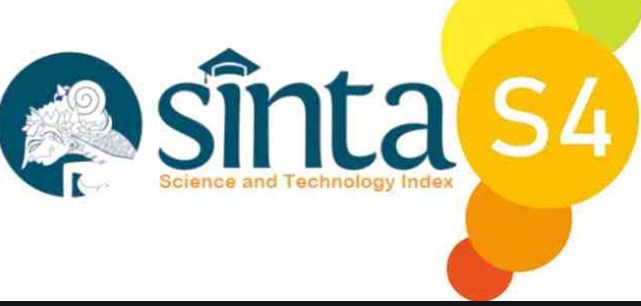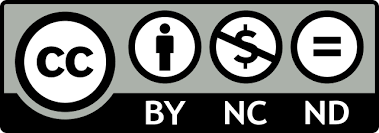Gonad’s maturity level of Silver pompano (Tranchinotus blochii) with defferent doses of human Chorionic Gonadotropine (hCG) hormone.
DOI:
https://doi.org/10.31629/intek.v3i2.1392Keywords:
Trachinotus blochii, Gonad’s maturity, human Chorionic Gonadotropine hormoneAbstract
Silver pompano that used in this study was 500 ± 150 g in weight, with different doses of human Chorionic Gonadotropin (hCG). The aim of this study was to determine the effect of hormone treatment induction on gonad’s maturation of Silver pompano, and also to know the best treatment hormone in induction of gonad’s maturation of Silver pompano. The study was carried out as long as 30 days, it was begun on November - December in 2018 in Batam city, it was at Tuangkang tua village, Riau Island. This study used a completely randomized design (CRD) method with 4 treatments Control (20 IU / kg of hCG), A (30 IU /Kg of hCG), B (40IU / Kg of hCG ) and C ( 50 IU / Kg of hCG) and three test. Containers used in the maintenance of fish sample in the form of Floating Net Cages, and after that hCG hormone was injected to the Silver pompano. Based on the value of this research known that hCG in dose 30 IU / Kg is the best for maturating of Silver pompano’s gonad. With value are TKG III (Gonad’s mataration level) are all of sample (Silver pomapano) were maturating, then GSI reached 0.21%, and for the value of HSI, control treatment reached 1.50% it is same as the treatment of 50 IU / kg is also good at 1.50%, the size with absolute growth is 90.00 g and the histology results reached the stage of development of primary oocytes and secondary oocytes.







